Village of the Week: A Doncaster community bound by dangers of coal industry but starting to thrive without it
“Large fall of roof occurred which killed him instantly”, “roof collapsed without warning and buried him”, “pinned against an empty tub”.
There may be Roman remains and historic links to a farming industry according to Anglo-Saxon language, but like so many South Yorkshire villages - this one’s real stories and people are inextricably linked with coal mining.
Advertisement
Hide AdAdvertisement
Hide AdCollieries along the seams of the South Yorkshire Coalfield may have been closed for the best part of 30 years (with the exception of the likes of Hatfield, Kellingley and Maltby which mined up until 2015) but the legacy of them is still so evident.
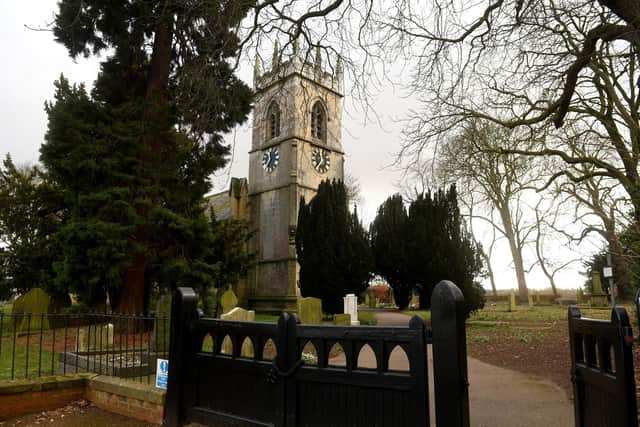

The mine shafts, the spoil heaps and the clouds of coal dust hanging in the air are long gone and have been replaced with business parks, bypasses and retail parks in many cases - but the way of life that came with coal mining is still there.
Rossington, near Doncaster is no different.
Rossington Main Football Club, Rossington Main Cricket Club, Rossington Miners Welfare - all within spitting distance of each other and a huge part of community life today.
Talk to anyone of a certain age and they will remember working at the colliery, they would know someone that did, they will have walked home from school past it, they will all talk of the ‘good old days’.
Advertisement
Hide AdAdvertisement
Hide Ad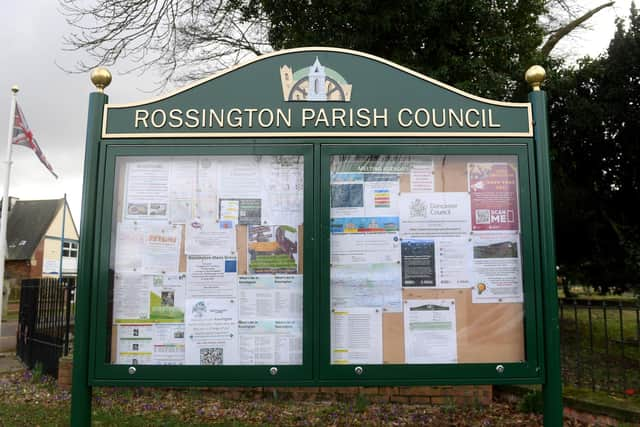

They will also know the devastation caused by coal mining when something went wrong.
Durham Mining Museum has various records of life at Rossington Main.
It was sunk between 1912 and 1915 and owned by Rossington Main Colliery Company, and then Amalgamated Denaby Collieries Ltd, before being taken over by the National Coal Board in 1947 in a move to nationalise the coal industry.
At this point the output was 790,000 tonnes.
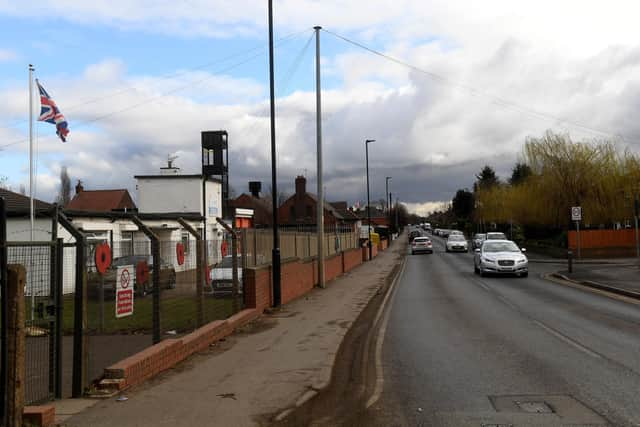

However, to make a profit the colliery had to dig-deep and produce more than 1,000,000 tons of coal every year.
Advertisement
Hide AdAdvertisement
Hide AdBy 1923 there were 1,090 men employed at Rossington with 740 below and 350 on the surface. By 1954, the pit employed 2,551 with 2,026 below and 525 on the surface).
Arguably this period was the most dangerous with nine deaths recorded between 1915 and 1947.
The document of disasters started in September of that year. James Burns, aged 50, was working as a pit sinker and was killed when a prop was knocked and a bar overbalanced and struck him.
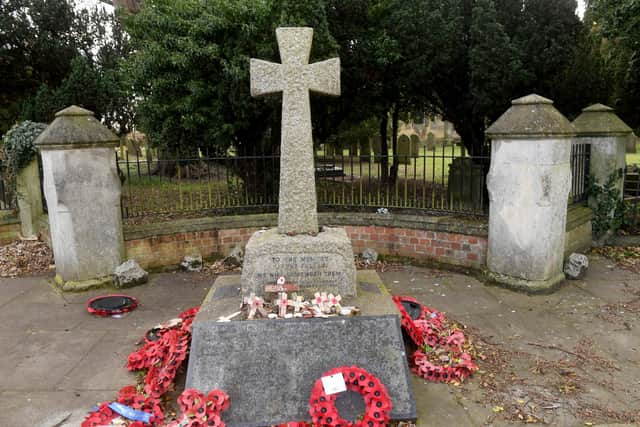

Wilfred Bradshaw, aged 14, died the same day in November 1934 after becoming pinned between projecting plank and a tub.
Advertisement
Hide AdAdvertisement
Hide AdOn May 29, 1924, William Elcoat was still within the first hour of his shift when, after withdrawing a prop, the roof collapsed, killing him instantly. No temporary prop had been set as required by legislation. If it had, the accident would not have occurred.
There was another death caused by a roof collapse later that same year, which investigations also found that insufficient clearance was provided between the coal tub and roof supports.
This danger and the need to rely upon and trust workmates created a sense of understanding and camaraderie within communities.
Rossington’s was furthered at that time by the large numbers of houses being built to accommodate miners and their families.
Advertisement
Hide AdAdvertisement
Hide AdRossington is made up of a number of villages and hamlets, namely
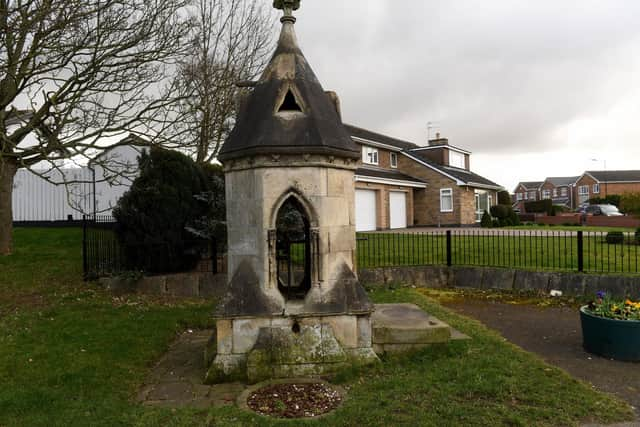

Hesley, Littleworth, Rossington, New Rossington, Rossington Bridge and Shooters Hill.
New Rossington is primarily where the pit was. Rossington Bridge, although now only consisting of a few buildings is the oldest of the six settlements situated on the crossing of the Roman road from Lincoln (Lindvm) to York (Ebvrscvm) via Doncaster (Danum). It was once the site of a major Roman fort (the largest between Lincoln and York). Rossington Bridge was also an important staging post on the Great North Road, otherwise known as the A1.
Rossington Colliery closed briefly between 1993 and 1994 before finally closing in 2007.
Advertisement
Hide AdAdvertisement
Hide AdThe village was not alone when the loss of its main employer - and indeed identity - paved the way for a period of poverty.
In September 2012 planning permission was given by the borough council to build a £100m, 1,200 home housing development including a primary school and hotel on the colliery site.
It is still known as the “old village” or the “new village” - but take a look at Rossington now and things are changing.
A quick look on Rightmove shows sprawling detached houses for sale at the £300,000 and £400,000 mark.
Advertisement
Hide AdAdvertisement
Hide AdIt also has starter homes for couples and young families at £110,000 - or £80,000 if you fancy a project.
Unlike, many villages featured on these pages, Rossington is not seeing local families being priced out of the area they grew up in and the difference in property types and price bands is making for a diverse community.
The work of Rossington Parish Council is testament to that.
Rossington Memorial Hall is run by a Management Committee which includes parish councillors and residents.
From a dance school, to pilates, Good Neighbours, taekwondo and other groups, it is fully booked and can’t accommodate any more bookings.
Advertisement
Hide AdAdvertisement
Hide AdRossington Hall, meanwhile, which has an intriguing history of its own, fell into disrepair after it closed as a school for children with special needs in in 2008.
It is now being restored to its former Victorian glory and in summer 2012 it opened as a luxury wedding, conference and dining venue and is attracting guests from around the region and beyond.
With a population of 13,557 recorded at the 2011 census, Rossington is now reputed to be one of the largest villages in the country.
